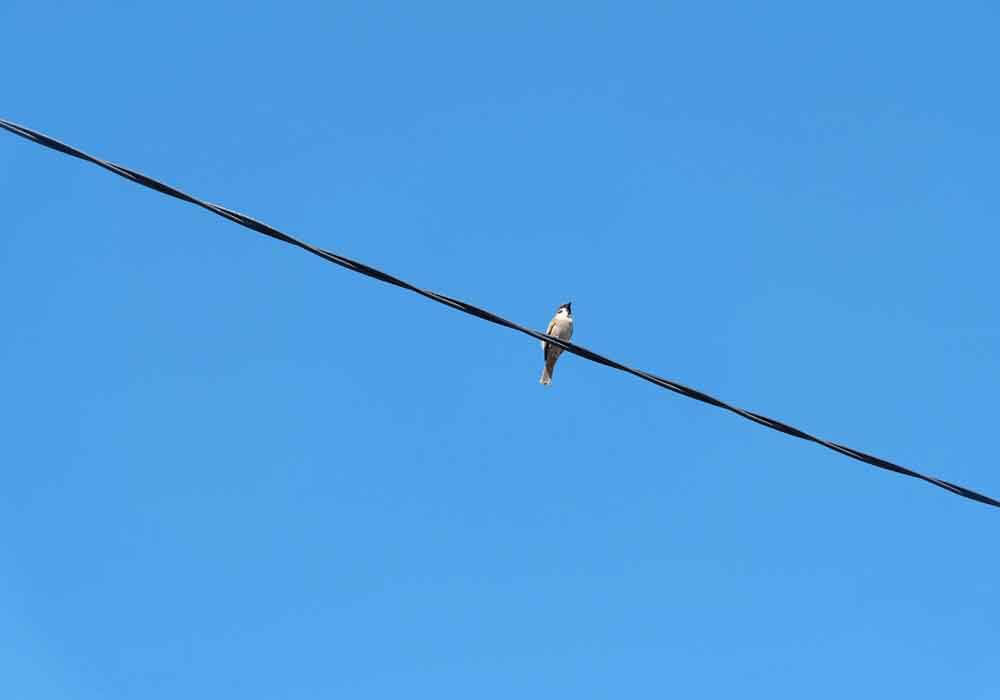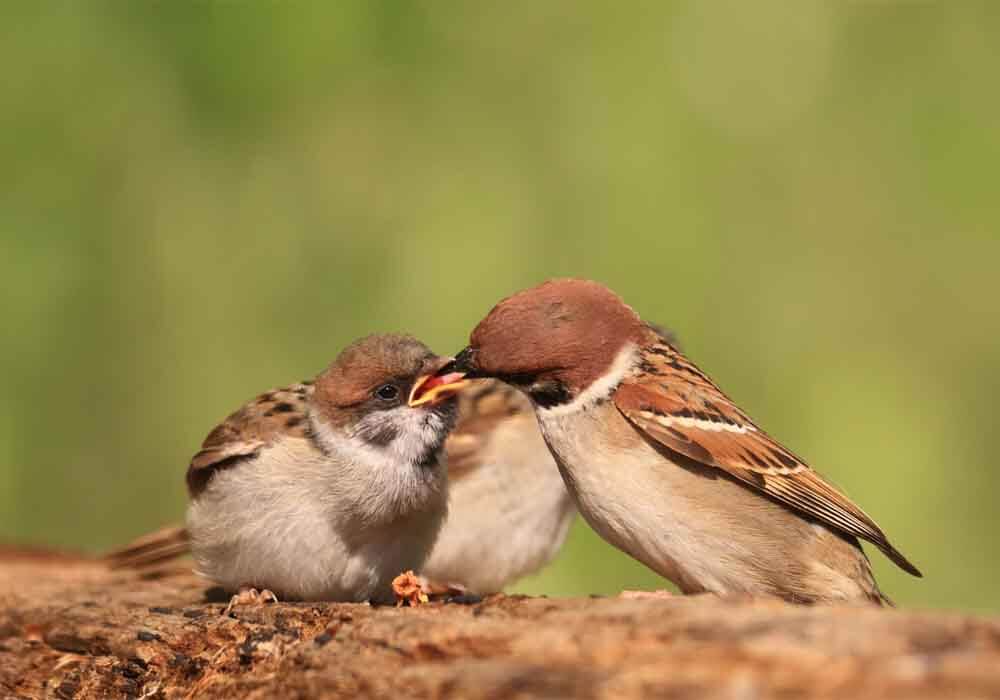What Does It Mean
When There Are No Birds Around?
What does it mean when there are no
birds around? A world without birds can be quite unnerving, raising
questions about what’s going on? The sight of the winged wonders brings joy,
their chirping signals the start of a new day, and their colors add vibrancy to
our surroundings. If you're suddenly inundated by an eerie silence, it's
understandable that you'd wonder why the birds have disappeared.

Is It Normal To Not See Birds Around?
If you are used to seeing birds routinely, their sudden
absence can indeed be striking. But it's necessary to understand that certain
circumstances may naturally cause the birds' disappearance.
Several Reasons You Might Not See Birds Around
At times, it may be because of seasonal changes. Birds are highly inclined towards migratory patterns. If the season changes, some species travel hundreds or even thousands of miles in search of warmer climates, abundant food, and suitable breeding grounds.
Potential predator threats can also cause avian absence.
Birds quickly learn to stay away from areas with high predator activity,
including from both terrestrial and avian predators. If your locality
experiences a sudden surge in predator population, this can dramatically affect
bird presence.
Environmental Changes Causing A Lack Of Birds
Environmental events are another crucial factor. Natural disasters, such as forest fires, hurricanes, or severe droughts, can cause a drastic decrease in bird populations in an area.
Human activities such as deforestation,
industrialization, and pollution can also significantly affect bird
populations. Birds sense these changes and may choose to relocate to areas with
better living conditions.
Influence Of Climate Change On Bird Population
Taking things to a larger scale, climate change has an important role. Rising global temperatures, changes in precipitation patterns, and more frequent and severe extreme weather events due to climate change can all disrupt bird populations.
Shifts in climate can affect bird populations in several
ways. Changes in temperature can shift the geographic distribution of species
and force birds to change their migratory patterns, sometimes disrupting
synchronization between migration and food availability.
Bird Species Disappearing From Certain Areas
In some cases, you may notice certain species disappearing from particular regions. Bird species have distinct living habitats, and if those habitats are thrown out of balance due to any reason, those species may start to decline or even disappear.
This reduction of species diversity, in turn, can affect
the balance in the ecosystem. Each bird species plays a unique role in the
ecosystem, and their disappearance can affect other species and the overall
functioning of the ecosystem.
Is The Absence Of Birds A Bad Sign?
If the absence of birds is due to seasonal changes, then
it is just a part of the natural cycle. However, if the disappearance is due to
changes in the environment, predatory threats, or climate change, it's a
worrying sign.
Impact On The Ecosystem
Birds are critical to maintaining balance in an
ecosystem. They control pests, pollinate plants, disperse seeds, serve as food
to predators, and even play a role in decomposition. Their absence could
destabilize these processes and lead to a decline in overall ecosystem health.
Sign Of Declining Biodiversity
Birds are often considered as indicators of biodiversity.
A decline in their numbers or the complete disappearance of some species could
indicate a decrease in overall biodiversity. This could be due to habitat loss,
pollution, climate change, or other man-made factors.
Signal Of Climate Change
Birds' disappearance could indicate more significant climate change problems. Birds' migratory patterns are closely linked to climate and weather patterns. Therefore changes in these patterns could be indicative of larger shifts in our planet's climate.
Learning how to equate the absence of birds with the
reasons above can help us better understand our environment. It also aids us in
recognizing when human intervention is needed to reverse adverse conditions or
halt activities that harm bird populations.
Unlocking The Mystery Of Bird Absence
Birds are fascinating creatures that provide a comprehensive understanding of changes in our environment. If you observe a void in the canopy, it's not always detrimental. Often, the reasons are routine and follow a natural occurrence. However, if the silence persists, it could herald a serious ecological concern.
In essence, when we query, "What does it mean when
there are no birds around?", our deep-seated concern for nature's
well-being is clear. We miss the companionship of our winged friends during our
outdoor adventures and are intrigued over the empty skies – where have the
birds gone?
Consequences Of A World Without Birds
In our pursuit to thrive and dominate, we must not forget the disquietude about birdless skies. We have to understand the delicate balance in which we all exist and the role birds play in maintaining that balance.
Climate change's impact on bird life has disturbing
implications. We must take preventive measures to mitigate and address this
concern. The decrease in avian population not just diminishes the aesthetics of
our surroundings, it also hints at problematic environmental issues that may
affect many other forms of life, including humans.
What Does It Mean When There Are No Birds Around? Conclusion...Taking Action For Our Winged Friends
Addressing this issue is not just the responsibility of environmentalists or scientists; it's a role that each of us should play. By changing our behaviors and encouraging others to do the same, we can make a significant difference.
Responsible conservation practices in your backyard, supporting organizations advocating for birds and taking measures to combat climate change can help ensure that our skies remain forever filled with our feathered friends.
So, the next time you find yourself wondering: "What
does it mean when there are no birds around?", remember the information
shared in this article. And, use that knowledge to protect these feathered
creatures who add so much life and beauty to our surroundings. There's still
time to make a difference; let's not wait until it's too late.
- We Know Birds HOME ›
- Bird Facts and Information ›
- What Does It Mean When There Are No Birds Around?



